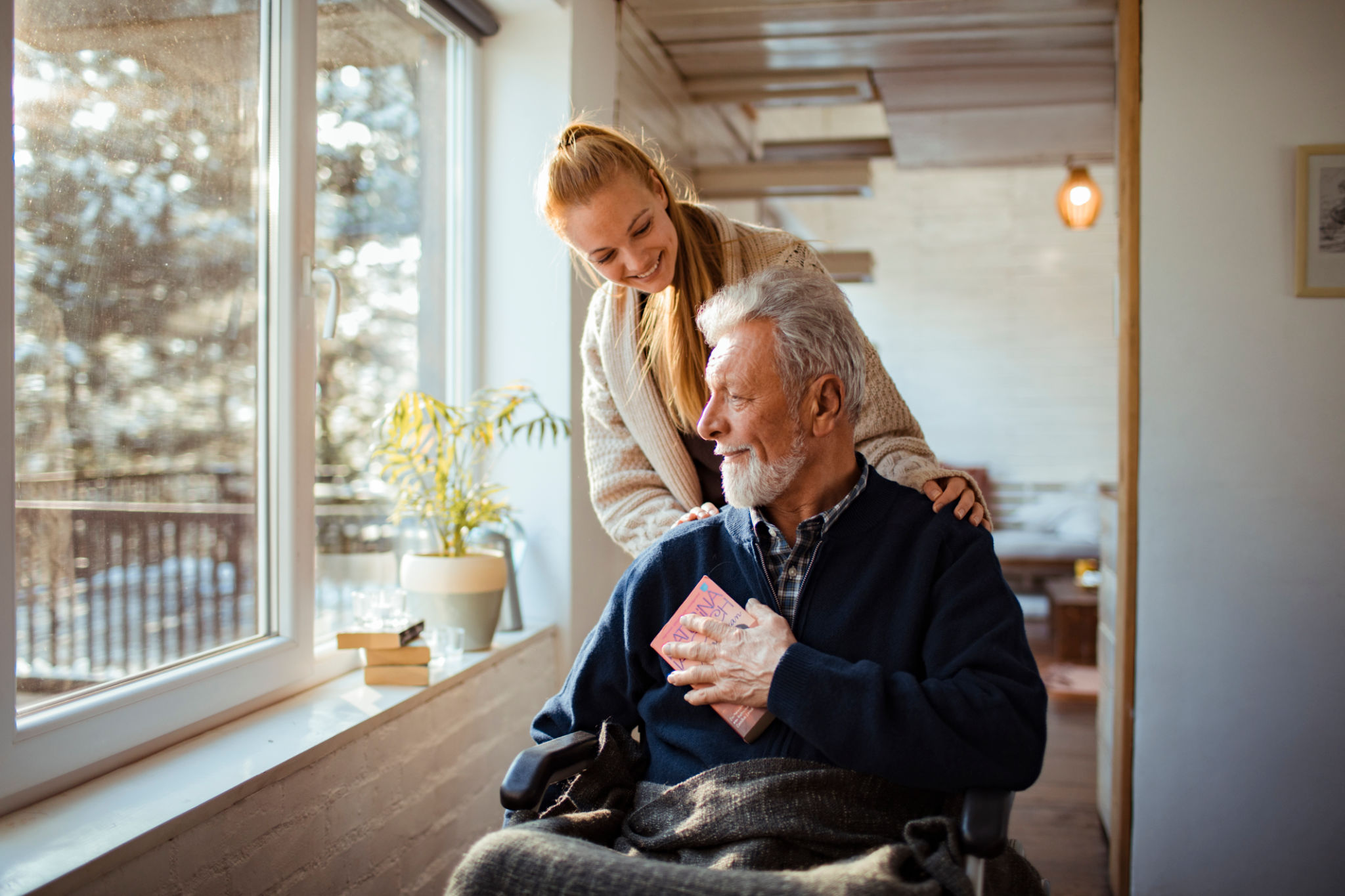How to Safely Adapt Your Home for Elderly Care: A DIY Guide
Understanding the Needs of Elderly Care
Caring for elderly loved ones at home requires careful planning and adaptation of living spaces to ensure their safety and comfort. As people age, their mobility and sensory perceptions may decline, necessitating specific home modifications. By understanding these needs, you can create an environment that supports their independence while minimizing risks.
Begin by assessing the current layout of your home. Identify potential hazards such as slippery floors, sharp corners, and cluttered pathways. Prioritizing these areas for modification can significantly improve safety. Consult with healthcare professionals if necessary to gain insights into specific requirements based on the individual's health conditions.

Improving Accessibility
Modifying Entrances
One of the first steps in adapting your home is to ensure that entrances are accessible. Consider installing ramps for any stairs leading into your home, which can be beneficial for those using wheelchairs or walkers. Additionally, widening doorways can facilitate easier movement throughout the house.
Enhancing Mobility within Rooms
Inside the home, ensure that furniture is arranged to provide clear pathways. This is especially important in high-traffic areas like living rooms and kitchens. Removing rugs or securing them with non-slip pads can prevent tripping hazards. In bathrooms, install grab bars near toilets and showers to provide extra support.

Ensuring Safety and Comfort
Lighting and Visibility
Proper lighting is crucial for preventing falls and accidents. Install bright, energy-efficient lights in hallways, staircases, and bathrooms. Nightlights can be useful in bedrooms for easier navigation during the night. Consider motion-activated lights for added convenience and safety.
Temperature Control
Maintaining a comfortable temperature in the home is essential for the elderly, who may be more sensitive to temperature changes. Ensure that heating and cooling systems are functioning efficiently. Additionally, provide easy-to-use thermostats with large displays for simple adjustments.

Adapting Kitchens and Bathrooms
Kitchen Safety Features
Kitchens can be particularly hazardous due to sharp objects and hot surfaces. Install appliances with safety features such as automatic shut-off timers. Keep frequently used items within easy reach to minimize bending or stretching, which can cause strain or injury.
Bathroom Modifications
Bathrooms should be adapted to prevent slips and falls. Non-slip mats in showers and bathtubs are essential. Consider installing a handheld showerhead for ease of use while seated. Raised toilet seats can also provide additional comfort and accessibility.

Maintaining Independence
Ultimately, the goal of adapting your home for elderly care is to maintain the individual's independence as much as possible. Encourage your loved ones to participate in the decision-making process when it comes to modifications. This not only respects their autonomy but also ensures that changes meet their personal preferences and needs.
By following these guidelines, you can create a safe, comfortable, and supportive environment for your elderly family members, allowing them to age gracefully in the familiarity of their own home.